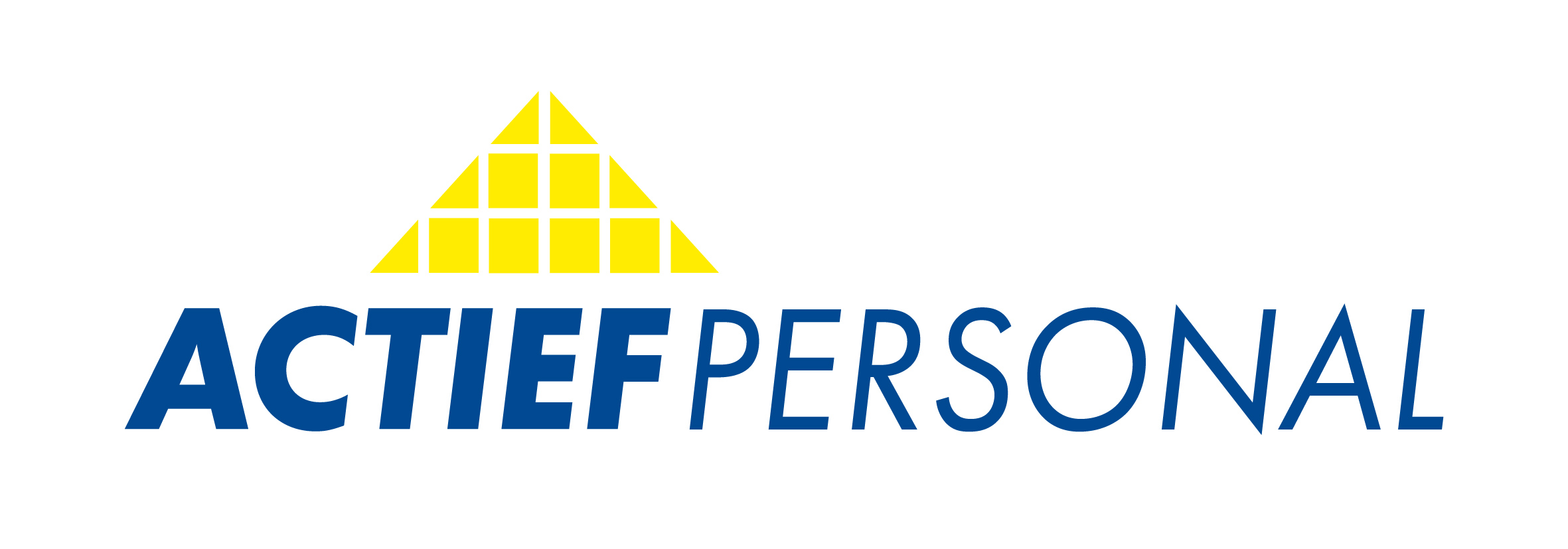
How do applicants find out about my job offer? Which platform led them to our company? These and other questions about recruiting are often answered on a gut level. In a study by XING, 29% of HR managers stated that they do not collect any recruiting metrics.1 A missed opportunity, as these often represent a valuable source of information about the effectiveness of recruiting and the candidate experience. Recruitment analytics tools can be used to gain important insights into recruitment. Be it on external job boards or your own company website: The data collected is used to optimize the recruiting process. Because as we know, the same applies here: If you can't measure it, you can't manage it!
What are Recruitment Analytics Tools?
Recruitment analytics deals with the analysis of data from human resources, which is collected together with other company data in order to draw relevant conclusions for the recruitment process. This makes it possible to collect data-based information for recruitment decisions. With the help of recruitment analytics tools, HR managers can optimize measures, improve application processes and facilitate on-boarding for applicants and companies.
The principle is based on the data traces that every user leaves behind on the Internet. The amount of data can be structured using intelligent algorithms and analyzed at the touch of a button.
The performance of the job advertisements on the respective recruiting platforms can be interpreted and evaluated based on the key figures collected, such as impressions, clicks and applications. These include career networks, social media channels, internet job boards, but also the company's own website. KPIs can be used to measure whether the job advertisement is appealing. KPIs (key performance indicators) are key figures that relate to the success and performance of job advertisements. According to a survey conducted in 2018, 77.7% of employers stated that they place job advertisements on online job boards2, but 30% of recruiters did not collect any more detailed data on their performance.3
Why recruitment analytics tools?
Recruitment analytics tools can be used to ensure that job advertisements and application processes are optimally adapted to the needs of the respective target group. According to an Indeed survey, 42% of the candidates surveyed have already abandoned an application process because it was too complicated.4 In order not to lose promising candidates, it is therefore essential to optimize the processes with the knowledge gained from the KPIs.
The objectively collected key figures allow recruiters to compare the effectiveness and efficiency of the recruiting channels. For example, the cost-per-application key figure can be used to calculate the costs per applicant and the quality-of-hire key figure can be used to calculate the quality of employment. In addition, forecasts and patterns can be created that may indicate problems. In this way, the application process can also be sustainably improved as part of employer branding so that the target group has the most pleasant candidate journey possible.
Advantages of recruitment analytics tools
There are many advantages to using recruitment analytics tools. The cost-per-application parameter, which is calculated for all recruiting channels, is particularly noteworthy. Of course, companies want to reach as many potential candidates as possible with their job advertisements. But this is also a problem, as the budget available for this is usually limited. By analyzing the recorded key figures, the available budget can be used efficiently on the platforms and recruiting channels and strategies can be developed for a sensible reach-cost ratio.
Recruitment analytics tools make it easier to measure the success of recruitment: the effectiveness of job advertisements, campaigns and the like is visible in black and white. The tools are able to generate statistics on the individual job advertisements. This also makes weak points in the candidate experience that require optimization visible.
Conclusion
With the appropriate tools, important conclusions can be drawn about the efficiency and performance of job advertisements. The findings can lead to a change in strategy and more efficient work by the HR department. The use of these tools is not only suitable for companies with particularly high personnel requirements, but also for companies whose job advertisements have not been successful to date. The result: by using recruitment analytics, companies and recruiters not only benefit from time and cost savings, but ideally also from the right employees.
If you have any questions for the ACTIEF Group, please fill out this contact form. We will respond to your inquiry as quickly as possible. If required, we will also be happy to call you.



